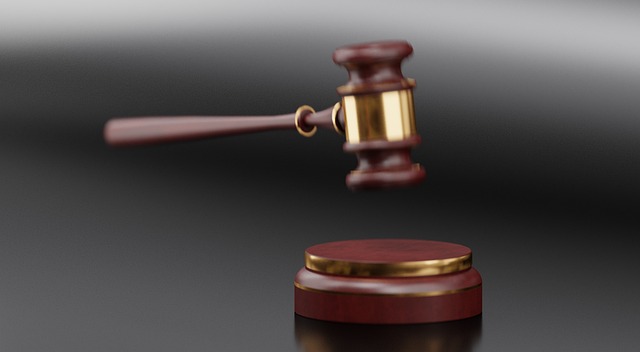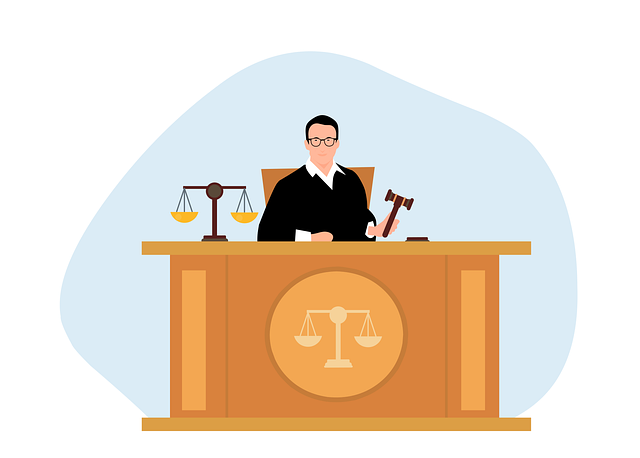Understanding jurisdiction-specific laws regarding sidewalk trip and falls is crucial for both property owners and personal injury claimants, as it dictates liability, potential compensation, and legal strategies. Local regulations vary in strictness, affecting cases from elder law to vehicle accidents. Individuals must be aware of their rights, responsibilities, and local rules to take appropriate action after an incident, while attorneys need expertise in these laws to navigate insurance disputes and secure just compensation for clients.
“Sidewalk trip and fall incidents are a common concern, but understanding the legal framework surrounding them varies significantly by local jurisdiction. This article explores the intricate details of sidewalk trip and fall laws, offering a comprehensive guide for both victims and property owners. From general principles to jurisdiction-specific regulations, we delve into the rights and responsibilities involved. By understanding your local rules, you can better navigate potential liabilities and ensure fair outcomes in these scenarios.”
- Understanding Sidewalk Trip and Fall Laws: A General Overview
- Jurisdiction-Specific Regulations: Where Do You Stand?
- Rights and Responsibilities: Navigating Your Local Rules
Understanding Sidewalk Trip and Fall Laws: A General Overview

Understanding Sidewalk trip and fall laws is crucial for both property owners and individuals to navigate the complexities of personal injury claims. These laws vary significantly from one local jurisdiction to another, dictating liability for accidents that occur on public walkways. In general, a plaintiff must prove that the defendant, whether a property owner or a municipality, had actual or constructive knowledge of an unsafe condition on the sidewalk and failed to take reasonable measures to rectify it. This often involves examining factors like the time elapsed since the hazard appeared, the severity of the injury, and local codes regarding sidewalk maintenance.
The concept of negligence plays a significant role in these cases. A personal injury attorney representing a plaintiff in a slip and fall case must demonstrate that the defendant’s actions (or lack thereof) fell below the reasonable standard of care expected of them. This can lead to insurance disputes where policies and coverage limits are scrutinized. Effective navigation of these legal nuances requires an understanding of local laws, thorough documentation of the incident, and potentially expert testimony to establish liability and secure just compensation for injuries sustained in sidewalk trip and fall accidents.
Jurisdiction-Specific Regulations: Where Do You Stand?

When it comes to sidewalk trip and fall cases, understanding jurisdiction-specific regulations is paramount for both individuals and legal professionals. Each local government or state may have unique laws dictating liability for property owners when it comes to hazardous conditions on public walkways. These regulations can significantly impact the outcome of a potential lawsuit if someone suffers injuries due to a slip and fall incident.
For instance, some areas might hold property owners strictly liable for maintaining safe sidewalks, while others require proof of negligence or prior knowledge of the hazard. In elder law cases, where elderly individuals are particularly vulnerable to trip and fall accidents, these regulations become even more critical. Additionally, understanding these laws is essential when considering compensation for injuries from truck or car accident scenarios, as they can affect liability and the types of damages that may be awarded.
Rights and Responsibilities: Navigating Your Local Rules

Knowing your rights and responsibilities when it comes to sidewalk trip and fall incidents is crucial for anyone living or visiting a community. Each local jurisdiction establishes its own set of rules, which can significantly impact how these cases are handled. When a person suffers an injury due to a hazardous condition on a public walkway, understanding the applicable laws is essential. In many places, property owners and municipalities share liability for maintaining safe sidewalks, but the specifics vary widely.
For instance, some areas may have strict notification requirements, demanding that property owners fix defects promptly after being made aware of them. Others might place more responsibility on individuals to be cautious while walking. These local rules can also influence how long a victim has to file a claim and what types of damages are recoverable in a sidewalk trip and fall case, especially when compared to situations like nursing home abuse or car accident. Being informed about these variations empowers individuals to take appropriate action after such incidents.
Understanding local jurisdiction laws regarding sidewalk trip and falls is crucial for both pedestrians and property owners. Each region has its own set of regulations, defining rights and responsibilities in such incidents. By knowing these laws, individuals can navigate their rights, ensure safe public spaces, and take necessary actions if injured due to a trip or fall on a sidewalk. This knowledge empowers folks to protect themselves and hold accountable those responsible for maintaining safe walking areas.






